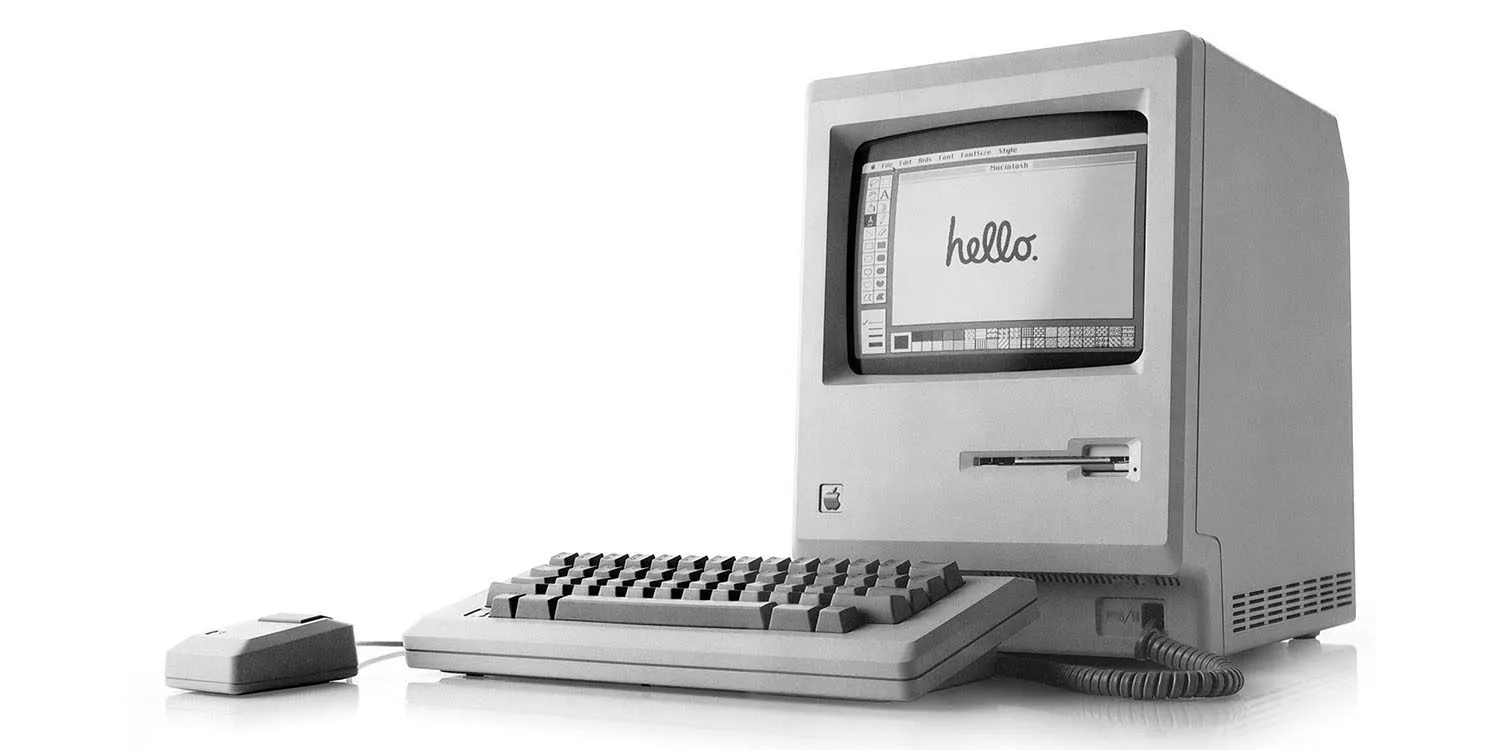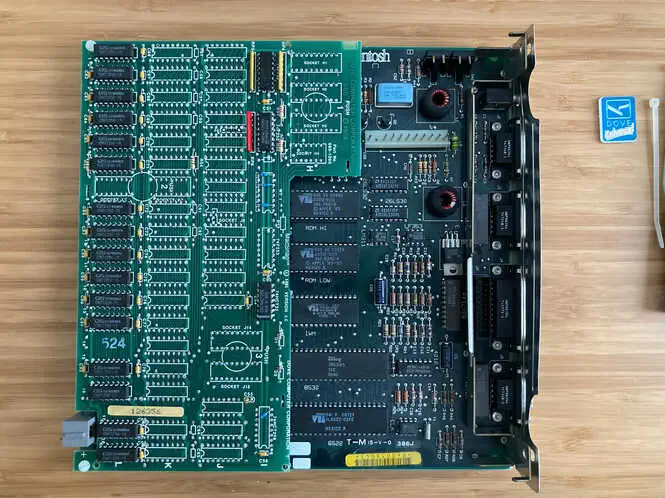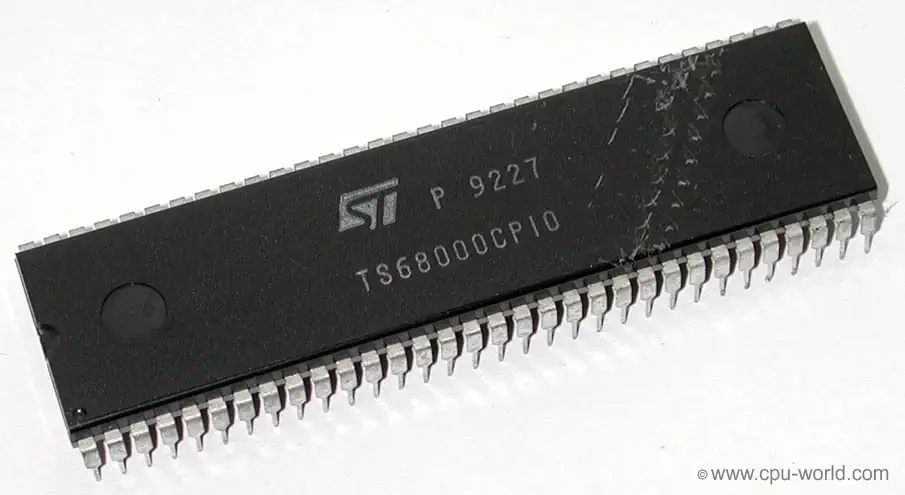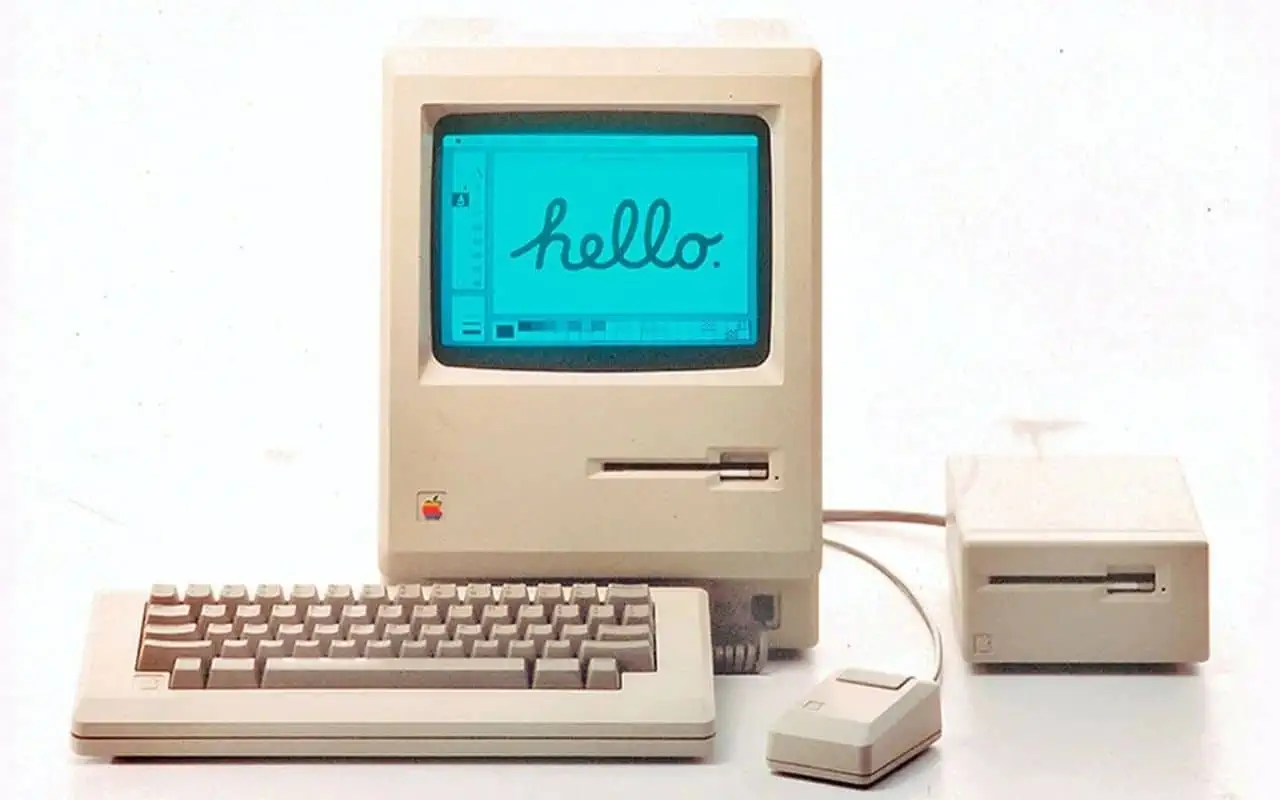Macintosh 512Ke
The Macintosh 512Ke was introduced in 1986 as a cheaper alternative to the Apple Macintosh Plus that came out three months earlier. The 512Ke is the same machine as the Apple Macintosh 512K but now equipped with an 800KByte disk drive and 128KByte of ROM. The 512Ke has the same port connectors as the original Mac, and as a result the only hard drive option is the slow Hard Disk 20, that connects to the external floppy-port on the back of the machine, even though the ROM contains the SCSI manager software that was part of the Macintosh Plus design.
The machine has the ability to upgrade the memory to 2MByte with the purchase of third party mameory upgrades. The Macintosh 512K could be upgraded to a 512Ke by purchasing the Macintosh Plus Disk Drive Kit This kit came with an installation guide and the following hardware and software:
- The 800KByte double sided FDD
- 128K ROM chips to replace the 512K's 64K ROM
- Macintosh Plus system Tools disk

MacSnap RAM upgrade for the 512Ke
MacSnap was a series of memory upgrades from Dove Computer for various compact Macs. Upgrading these Macs required quite a bit of skill. It required one to remove the motherboard and then snap the MacSnap upgrade onto the motherboard ICs. The board literally just used piggyback adapter clips to snap onto the ICs.


Motorola 68000 CPU Family
The Motorola 68000 is a 16/32-bit microprocessor that was first released in 1979. It was widely used in computers and other electronic devices during the 1980s and early 1990s. The 68000 was known for its advanced architecture, which included a 32-bit internal bus and a 24-bit address bus, allowing it to access up to 16 megabytes of memory. This made it more powerful than many other processors of its time, such as the Intel 8086 and Zilog Z80. It was also designed to be highly modular and expandable, with a large number of on-chip and off-chip peripherals.
Some of the most famous and successful computers that used the 68000 was the Commodore Amiga and the Atari ST, both of which were popular in the home and personal computer markets. Additionally, it was also used in workstations, such as the Sun 3 and Apollo DN3000, and in a wide variety of embedded systems and industrial control systems. The 68000 was also used in the Macintosh, the first model of the Macintosh was powered by a Motorola 68000 CPU. The processor was eventually succeeded by the 68020 and 68030, which offered improved performance and additional features.
The 68000 has a 32-bit instruction set, with 32-bit registers and a 16-bit internal data bus. The address bus is 24-bit and does not use memory segmentation, making it easier to address memory. There are three ALU's (Arithmetic Logic Unit), two for calculating addresses, and one for data, and the chip has a 16-bit external address bus.
The 68000 architecture was expanded with 32-bit ALUs, and caches. Here is a list with some 680x0 versions and their major improvements:
- 68010 - Virtual memory support
- 68020 - 32-bit ALU & Instruction Cache
- 68030 - On-Chip MMU, 2x 256 byte cache
- 68040 - 2x 4K Cache, 6 stage pipeline, FPU
- 68LC040 - No Floating Point Unit (FPU)
- 68060 - 2x 8K Cache, 10 stage pipelinet

Source: WikiPedia - Motorola 6800
Source: WikiPedia - 68000 Series


